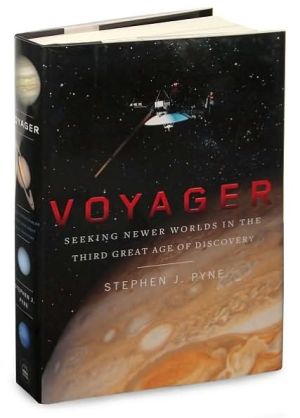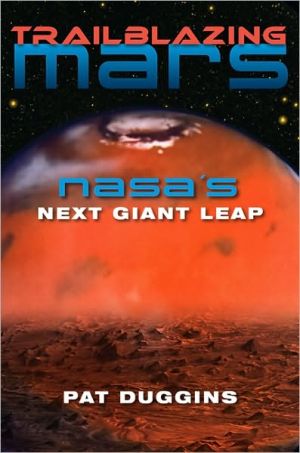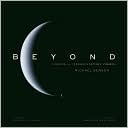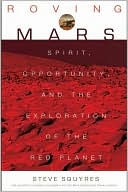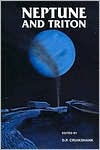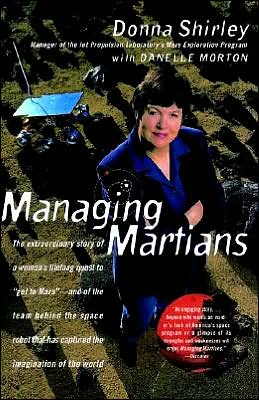Voyager: Seeking Newer Worlds in the Third Great Age of Discovery
A brilliant new account of the Voyager space program-its history, scientific impact, and cultural legacy\ Launched in 1977, the two unmanned Voyager spacecraft have completed their Grand Tour to the four outer planets, and they are now on course to become the first man-made objects to exit our solar system. To many, this remarkable achievement is the culmination of a golden age of American planetary exploration, begun in the wake of the 1957 Sputnik launch. More than this, Voyager may be one...
Search in google:
A brilliant new account of the Voyager space program-its history, scientific impact, and cultural legacy Launched in 1977, the two unmanned Voyager spacecraft have completed their Grand Tour to the four outer planets, and they are now on course to become the first man-made objects to exit our solar system. To many, this remarkable achievement is the culmination of a golden age of American planetary exploration, begun in the wake of the 1957 Sputnik launch. More than this, Voyager may be one of the purest expressions of exploration in human history. For more than five hundred years the West has been powered by the impulse to explore, to push into a wider world. In this highly original book, Stephen Pyne recasts Voyager in the tradition of Magellan, Columbus, Cook, Lewis and Clark, and other landmark explorers. The Renaissance and Enlightenment-the First and Second Ages of Discovery- sent humans across continents and oceans to find new worlds. In the Third Age, expeditions have penetrated the Antarctic ice, reached the floors of the oceans, and traveled to the planets by new means, most spectacularly via semi-autonomous robot. Voyager probes how the themes of motive and reward are stunningly parallel through all three ages. Voyager, which gave us the first breathtaking images of Jupiter and Saturn, changed our sense of our own place in the universe. The New York Times - Dennis Overbye …a rich mix of history, science and fine writing…This book blooms with such glorious rushes of exalted prose that I was dog-earing almost every page until I gave up.
\ Publishers Weekly“The saga of the Voyagers’ trek is carrying the inherited narrative of exploration to its outer limits,” writes environmental historian Pyne (How the Canyon Became Grand). By looking at the mission of Voyager 1 and Voyager 2 and comparing it with past voyages of discovery on Earth, Pyne offers a unique and engrossing history of the Western world’s love affair with such journeys. The two space probes were launched on a “Grand Tour” of space in 1977; both are still traveling and returning data to Earth, with Voyager 2 leaving the solar system. Pyne calls the Voyager mission the hallmark of a “Third Great Age of Discovery,” similar to ambitious seagoing expeditions in the 16th and 18th centuries. As with those earlier journeys, Voyager was motivated by a mix of desires: military, political, economic, and a love of pure discovery. By narrating both the Voyagers and past voyages—such as Henry the Navigator’s—Pyne captures the Western passion for exploration and the lure of the unknown, while relating the fascinating story of two fragile spacecraft continuing after three decades their brave quest across space and time. Illus. (July 26)\ \ \ \ \ Dennis Overbye…a rich mix of history, science and fine writing…This book blooms with such glorious rushes of exalted prose that I was dog-earing almost every page until I gave up.\ —The New York Times\ \
